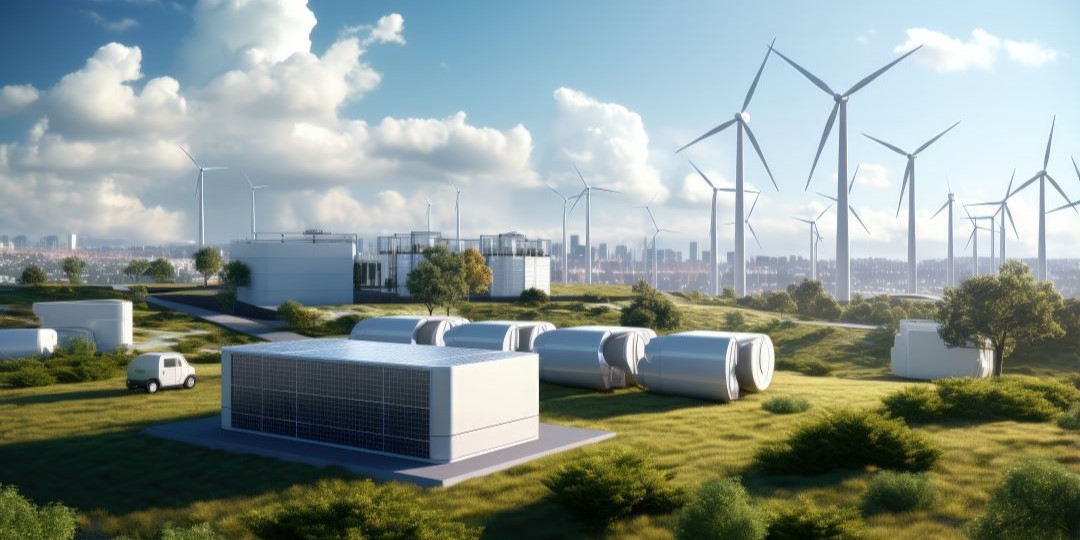Maintaining Environmental Excellence in a Year of Uncertainty
by Pamela Berner – Director, NAES Environmental Service
There’s always uncertainty with an incoming administration, and the changes at the Environmental Protection Agency (EPA) will take some time to settle out. In an evolving regulatory environment, it’s challenging to keep our focus and stay committed to ensuring compliance at our sites. This makes it doubly important that we continue to meet all regulatory requirements and make our commitment evident – not only to our regulators but to our clients, both external and internal.
Ensuring that our business is embracing a sound environmental policy; continuing to promote employee awareness of compliance programs; conducting all required operations and maintenance activities: these are essential parts of maintaining good business practices and supporting efficient, compliant plant operations.
If we neglect to file a regulatory report, miss a required inspection or fail to take a compliance sample – it can carry adverse and unanticipated consequences. Besides the possibility of enforcement actions, it can affect our future permit applications, garner negative attention from the community and shake our clients’ confidence in us.
Practicing vigilant compliance, on the other hand, yields a wealth of financial as well as technical benefits. It not only minimizes unnecessary work but helps to optimize performance and maintain customer satisfaction. These benefits will remain in play regardless of unforeseen regulatory changes.

As plant O&M professionals, each of us needs to recognize how our performance contributes to environmental excellence. Maintaining this awareness – at a time when distractions in the regulatory arena are many – ensures that our facility continues to meet the NAES standard of performance. Here are some ways you can help maintain environmental excellence at your site:
- Know when to ask for support on projects that are outside your realm of expertise. Make the effort to find the right answer by seeking guidance from folks who have the experience to help you make an informed decision on compliance or program applicability issues.
- Make yourself aware of permit changes or updates that are required for a special project or circumstance. Federally enforceable requirements may exist that can impact overall facility compliance status. Before you start a new project, make sure it is properly evaluated and that compliance impacts have been documented.
- Ensure that environmental compliance lives outside the compliance manager’s office by integrating it into your day-to-day operations and discussions. Make sure there are channels for communicating requirements throughout the plant and discussing concerns. Include a ‘compliance moment’ at your regular staff meeting or as part of your daily report.
- Familiarize yourself with compliance monitoring systems and what the data may be telling you. Compliance data – like an equipment vibration tracked to an alarm – can alert you to a problem that is occurring or is about to occur.
- Bring forward ideas and ask for tools to help you be more effective in supporting compliance initiatives. The people who know the plant best are those in the plant; they can help find ways to support compliance. Encourage idea-sharing and process improvements to support overall compliance.
- Ensure that work tasks that support environmental compliance are managed with the appropriate level of attention and scheduling. If a work order system is used to manage compliance tasks, are proper frequencies established for recurring tasks?
- Look at your operation as if you are seeing it for the first time. Do workplace conditions indicate a state of order, compliance and cleanliness? Do housekeeping practices demonstrate pride in the workplace? A compliant operation is a safe, clean environment in which problematic areas are addressed promptly.
As the regulatory environment continues to evolve, we need to steer a steady course but also embrace the potential for change that challenges us to be better. If you find that you need help with your environmental compliance program, or could use some ideas on how to make an environmental program sustainable, please reach out. We are here to help!
